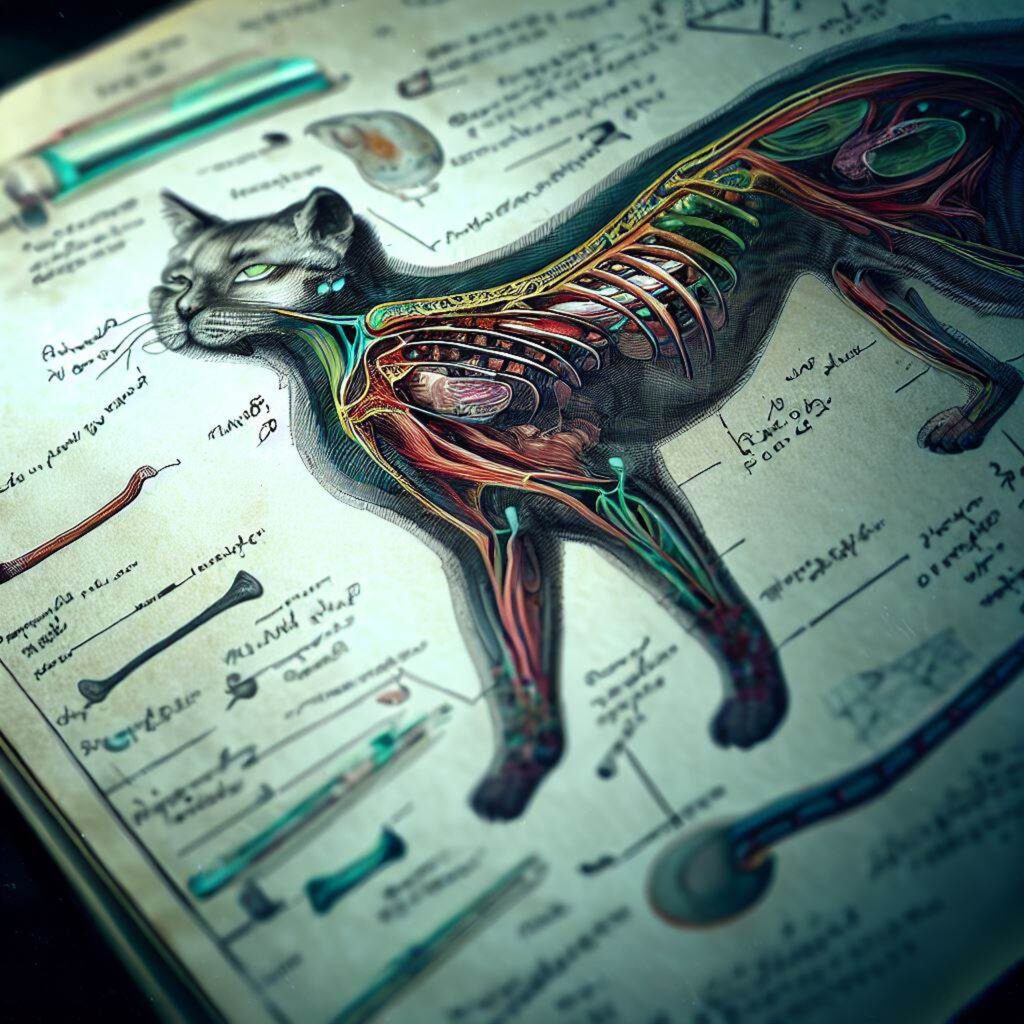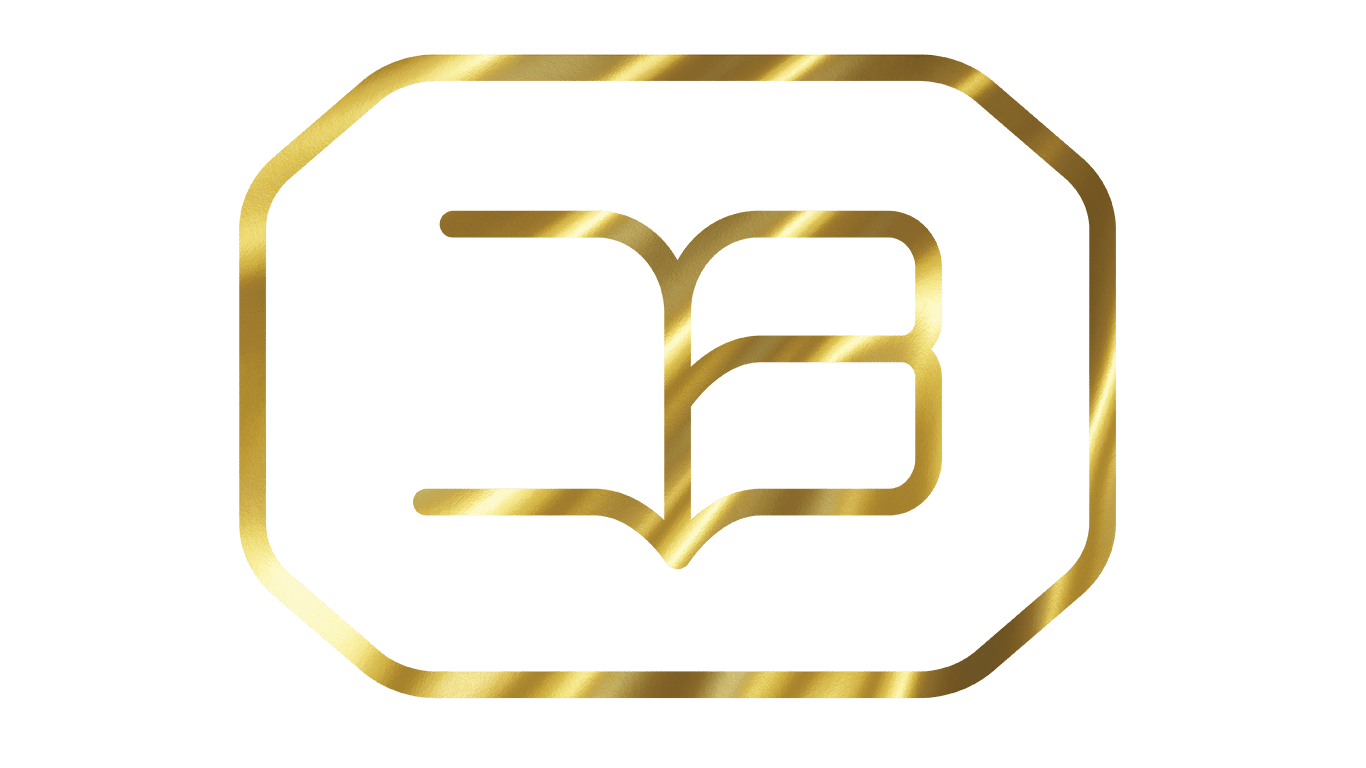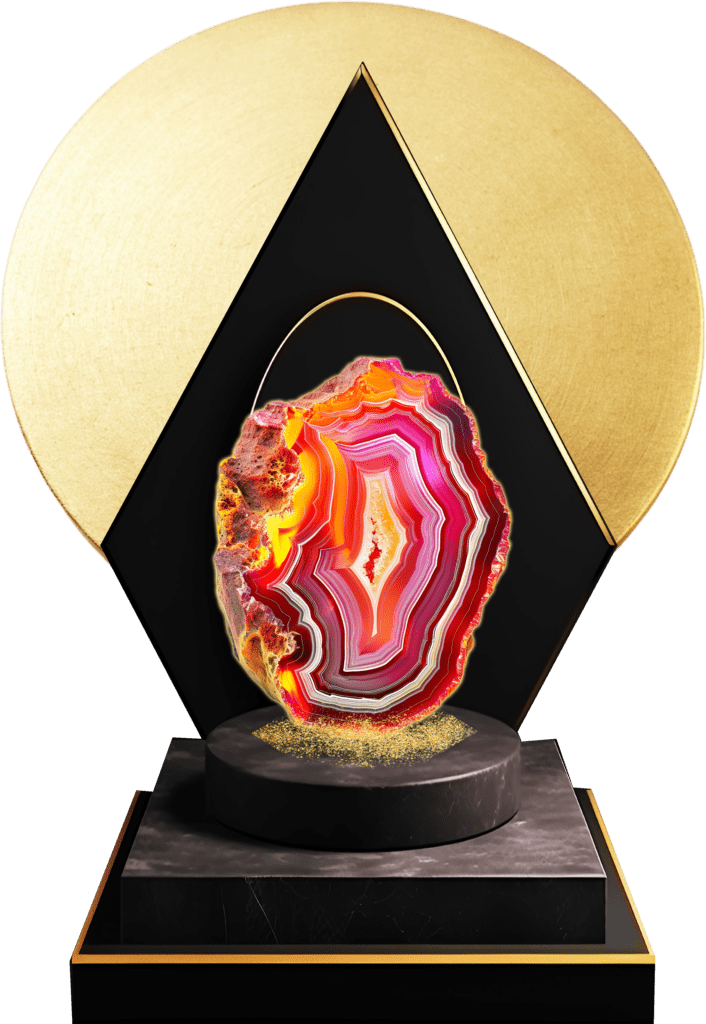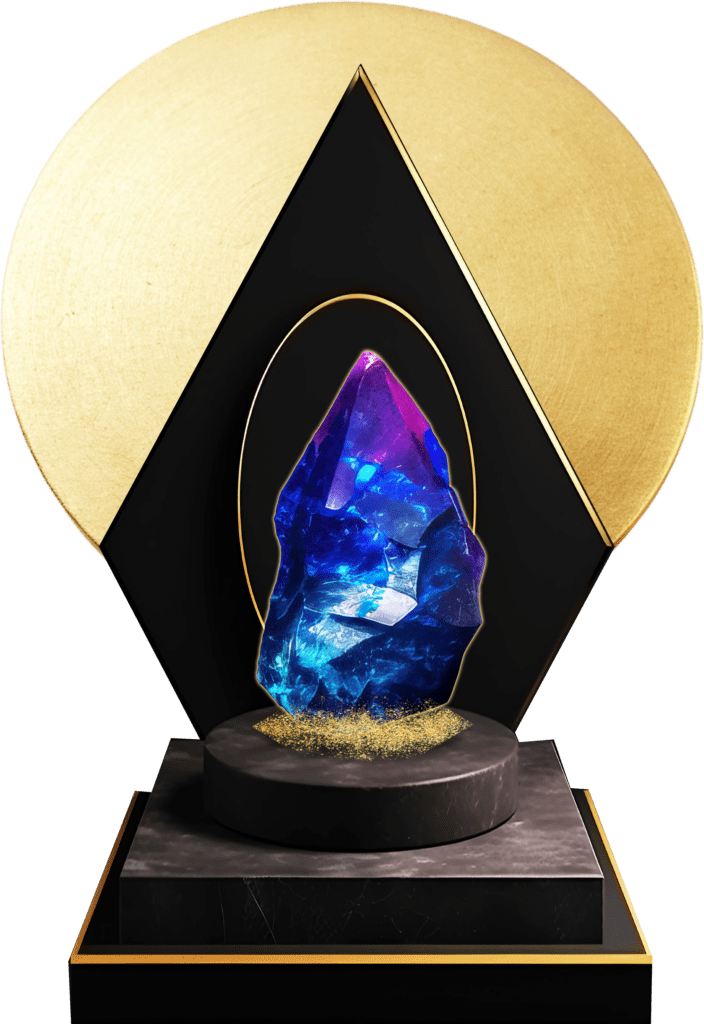צרו איתנו קשר!
אנטומיה ופיזיולוגיה השוואתית
Comparative Anatomy and Physiology
About The Course
על הקורס
בקורס נעסוק בעולמה המרתק של האנטומיה והפיזיולוגיה בעולם החי.
האורגניזמים בעולם החי מופלאים, שונים ומגוונים ולכל אחד מנגנונים מיוחדים ומופלאים שמאפשרים לו לחיות בכל מני נישות אקולוגיות וסביבות חיים שמציבות בפניהם אתגרים רבים: בעומקים ולחצים מתחת למים כשהחמצן דליל והאור מועט, ביבשה תוך התמודדות עם סכנה של יובש וקושי רב יותר בנשיאת משקל ועוד.
נלמד על התפתחות מערכות הגוף השונות ביצורים חד-תאיים פשוטים דרך חסרי חוליות ועד לחולייתנים גדולים עם מערכות מורכבות.
נכיר צורות חיים שונות ומשונות שלמרות שהן נראות כאילו הגיעו מהחלל, הן למעשה חיות כאן יחד אתנו. נגלה יכולות מיוחדות שלהם כמו רגנרציה של איברים חסרים, יכולת לנשום בלי ריאות, יכולת לקבל הזנה בלי מערכת עיכול וכו'.
נכיר את התפתחות מערכות הגוף:
מערכת ההובלה (המערכת הקרדיו-וסקולארית) – מה תפקיד המערכת? האם לכל האורגניזמים יש כזו? האם לכל היצורים בעולם החי יש בה צורך? נשווה את הפעילות והמורכבות שלה בחולייתנים לעומת צורות חיים ואורגניזמים מורכבים פחות. נדבר על מערכת דם סגורה ופתוחה, איך בנוי הלב ולמי אין בו חלוקה למחיצות, עליות וחדרים. נגלה ביחד מה היתרונות של חלוקה כזו ביצורים גדולים ובבעלי חיים הומיאותרמיים.
מערכת הנשימה – מה תפקידו של החמצן? איך מקבלים בעלי החיים חמצן מתחת למים? האם לכל מי שחי במים יש זימים? האם כל בעלי החיים נושמים דרך הפה? דרך איזה עוד איברים בעלי חיים יכולים לנשום? נרחיב על מערכת הנשימה המיוחדת של עופות עם כל שקי האוויר והמדורים שמרכיבים אותה ועל היכולת המיוחדת שלהם לקלוט חמצן גם בזמן הנשיפה (ולא רק בשאיפה), לבסוף נגיע גם למערכת הנשימה ביונקים. נגלה לכמה זמן יצורים חסרי זימים ובעלי ריאות שחיים במים יכולים לעצור את הנשימה ואיזה מנגנונים מאפשרים להם לעשות את זה.
מערכת השלד – נלמד על תפקידו של השלד, נשווה בין שלד חיצוני לפנימי ונראה איזה יתרונות כל אחד מהם מספק בסביבות החיים ובתי הגידול השונים. נדבר על ההרכב הכימי והחומרים שממנו עשויים סוגי השלדים השונים. נדבר על מערכת השלד המיוחדת של עופות ועל ההתאמות שלהן כדי להיות קלות משקל ולאפשר תעופה בקלות. השוואה בין מבנה העצמות בסנפיר של יונק ימי לכנף של עטלף לרגל של סוס וכמובן לאדם. להראות שבגלל התפתחות מקבילה של בעלי חיים שונים בסביבות דומות נוצא מבנה דומה שעונה על צורך דומה על אף שהם שייכים למחלקות טקסונומיות שונות ואין קשר גנטי בניהם.
מערכת העיכול – נעמיק בדרכים שונות בפירוק המזון ונערוך השוואה בין עיכול כימי לעיכול מכאני. נשווה בין המיקום האנטומי שבו זה מתבצע בבעלי חיים שונים. נשווה את המורפולוגיה והאנטומיה הדנטלית של בעלי חיים לפי סוגי המזון שאתם הם צריכים להתמודד ונראה פתרונות פיזיולוגים של כמה בעלי חיים עם שחיקת שיניים מאסיבית. למי אין קיבה בכלל? למי יש רק אחת ולמי יש כמה קיבות? נשווה בין בעלי חיים מונוגסטרים לפוליגסטרים ונדבר על ההבדל בין תפקידי הקיבה או הקיבות של כל אחד מהם.
מערכת ההפרשה – נערוך השוואה בין האנטומיה והצורה המורפולוגית של הכליות בבעלי החיים השונים. נדבר על תפקידי מערכת ההפרשה, על הסינון בכליות והפרשת הפסולת. ניכנס למבנה הכימי של סוגי פסולת שונים וניגע בהבדלים בין אמוניה, שתנן וחומצת שתן ובהבדלים בתכונות השונות של החומרים האלו ולמי ובאיזה סביבות חיים כל אחת מהם מתאימה? באיזה מצבים הפרשה יכולה להיות מסוכנת? ולבסוף נדבר גם על החשיבות של שתייה מרובה ועל הסכנות שיכולות להיגרם למערכת זו במצב של שתייה לא מספקת ומחסור בנוזלים.
* הקורס יותאם לרמת כל שכבת גיל.
In this course, we will explore the fascinating world of anatomy and physiology in the animal kingdom.
The organisms in the animal world are wonderful, diverse, and varied, each with special and amazing mechanisms that allow them to live in all kinds of ecological niches and environments that pose many challenges: in depths and pressures underwater where oxygen is scarce and light is limited, on land while dealing with the danger of drought and greater difficulty in bearing weight, and more.
We will learn about the development of different body systems in simple unicellular organisms through invertebrates to large vertebrates with complex systems.
We will get acquainted with different and strange life forms that, although they look as if they came from space, are actually living here with us. We will discover their special abilities such as regeneration of missing organs, the ability to breathe without lungs, the ability to receive nutrition without a digestive system, and so on.
We will learn about the development of body systems:
The circulatory system (cardiovascular system) – What is the role of the system? Do all organisms have one? Do all creatures in the animal world need it? We will compare its activity and complexity in vertebrates versus less complex life forms and organisms. We will discuss open and closed blood systems, how the heart is built and who doesn't have a division into partitions, atria, and ventricles. We will discover together the advantages of such a division in large organisms and homeothermic animals.
The respiratory system – What is the role of oxygen? How do animals get oxygen underwater? Does everyone who lives in water have gills? Do all animals breathe through the mouth? Through what other organs can animals breathe? We will expand on the special respiratory system of birds with all the air sacs and compartments that make it up and their special ability to absorb oxygen even during exhalation (and not just inhalation), finally reaching the respiratory system in mammals. We will discover how long gill-less creatures and lung-bearing animals living in water can hold their breath and what mechanisms allow them to do this.
The skeletal system – We will learn about the role of the skeleton, compare external and internal skeletons, and see what advantages each provides in different living environments and habitats. We will discuss the chemical composition and materials that make up different types of skeletons. We will talk about the special skeletal system of birds and their adaptations to be lightweight and allow easy flight. Comparison between the bone structure in the fin of a marine mammal to the wing of a bat to the leg of a horse and of course to humans. To show that due to the parallel development of different animals in similar environments, a similar structure is created that meets a similar need despite belonging to different taxonomic classes and having no genetic connection between them.
The digestive system – We will delve into different ways of food breakdown and compare chemical digestion to mechanical digestion. We will compare the anatomical location where this is performed in different animals. We will compare the dental morphology and anatomy of animals according to the types of food they need to deal with and see physiological solutions of some animals with massive tooth wear. Who has no stomach at all? Who has only one and who has several stomachs? We will compare monogastric to polygastric animals and discuss the difference between the functions of the stomach or stomachs of each.
The excretory system – We will compare the anatomy and morphological shape of kidneys in different animals. We will discuss the functions of the excretory system, kidney filtration, and waste excretion. We will enter the chemical structure of different types of waste and touch on the differences between ammonia, urea, and uric acid and the differences in the various properties of these materials and who and in which living environments each of them is suitable? In what situations can excretion be dangerous? And finally, we will also talk about the importance of drinking plenty and the dangers that can be caused to this system in a state of insufficient drinking and lack of fluids.
* The course material will be tailored to the age of the learners.







